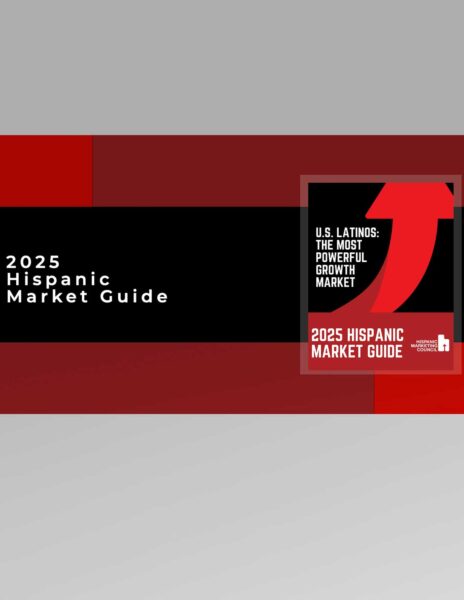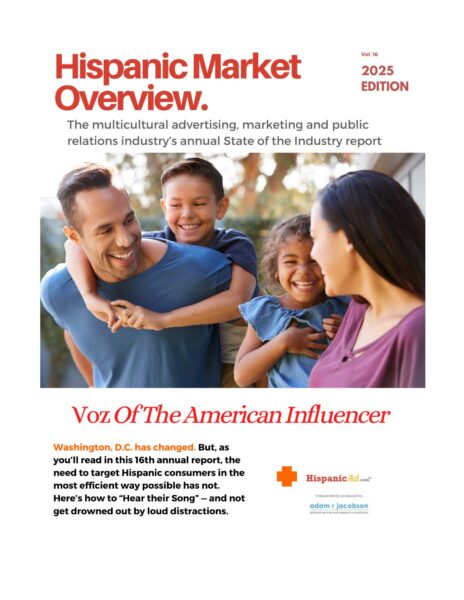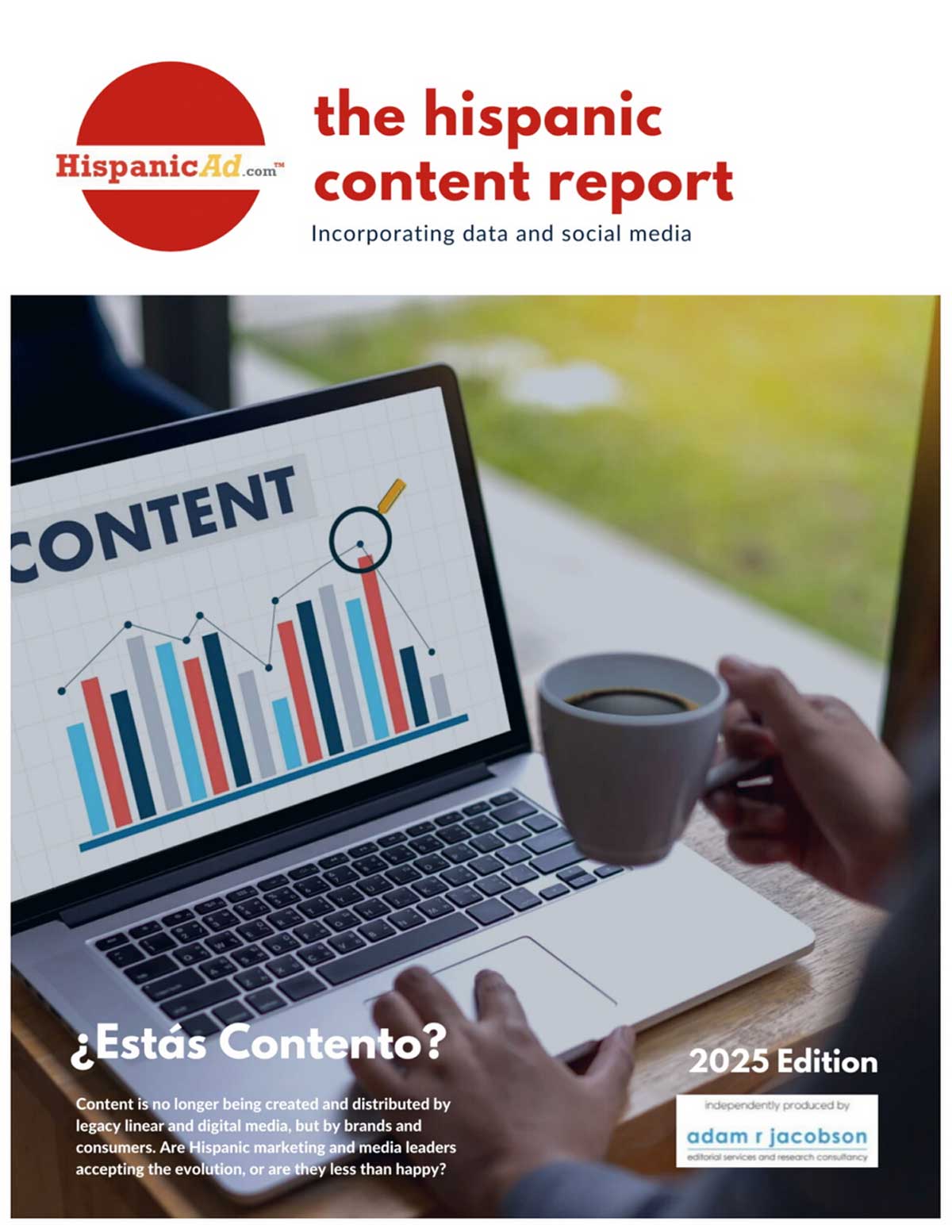Trends
The State of Corporate Communications 2022 [REPORT]

To better assess the challenges and opportunities for corporate internal communications, Ragan Communications and PoliteMail surveyed more than 250 communicators in May 2022.
Freelance, side hustles, and gigs: Many more Americans have become independent workers

In the working world, a full-time job with one employer has been considered the norm for decades, but this model fails to describe how a significant share of the US workforce makes a living. In the latest iteration of McKinsey’s American Opportunity Survey (AOS), a remarkable 36 percent of employed respondents—equivalent to 58 million Americans when extrapolated from the representative sample—identify as independent workers. This figure represents a notable increase since we estimated the US independent workforce in 2016 at 27 percent of the employed population.
A Sure Bet In Case of a Recession: The U.S. Latino Market

Experts cannot all agree on the future of our economy. While GDP is contracting, we also know that unemployment remains low, corporate cash balances are healthy and revenue and profit margins are expanding. But, as the possibility of a new recession looms, there is a lesson we learned from the 2008-09 Great Recession, and that is that Hispanics helped drive us out of the last big economic downturn, and we can expect a repeat of that today. By Roberto Orci
Increased on-screen LGBTQ+ inclusion in ad-supported content could boost consumer loyalty

Modern culture in many countries is more versed in diversity, equity and inclusion than it once was, but the need for continued progress is ever present, especially for LGBTQ+ people around the world. The global media industry can help on this front, and many people within the LGBTQ+ community are hoping it will lean in to evoke change and progress.
Nearly Half of Americans feel they can’t afford their former lifestyle [REPORT]

Nearly half of Americans (45%) feel like they can’t afford their previous lifestyle and 76% of American consumers say their family has changed how they buy food with prices on the rise. In addition, two-thirds (66%) are more mindful of how they are spending their money. These findings are part of a new consumer sentiment survey on inflation commissioned by NCSolutions (NCS), the leading company for improving advertising effectiveness.
The Great Uncertainty: US consumer confidence and behavior during inflationary times

Whether it’s at gas pumps or in grocery stores, people across the United States have been feeling a pinch in their pocketbooks this summer. Inflation is the highest it’s been in decades, and consumers are worried and jittery, adjusting how they spend and save. But not all consumers are the same. Although consumer confidence overall has plummeted to a new low, savings are high, and there’s nuance to how people are responding—depending on age group, income level, and what they’re buying.
Culture and Multicultural Identity: Names Matter

Keeping pace with culture can be challenging for brands. Consumer dynamics are evolving and becoming increasingly fluid, particularly around identity. Several factors influence how consumers see themselves and shape their attitudes, behaviors, preferences, and biases, including their heritage and culture. Through this lens, consumers make purchase decisions and establish brand affinities, requiring companies to develop a better understanding of the complexity of identity.
How Americans are feeling about economic opportunities and the future

The American Opportunity Survey spotlights Americans’ views on the state of the economy and other trends. What did researchers find about how people think things are going and what the future holds?
Most Teens Aspire to Own a Home Someday but Report Significant Financial and Homeownership Knowledge Gaps

A new survey by Junior Achievement USA and Fannie Mae shows most teens (88%) would like to own a home someday. The survey reflects that most teens (85%) believe "owning a home" is part of "the good life," compared to nearly as many adults (87%) based on Fannie Mae's Q4 2020 National Housing Survey®.
Parents Are Spending More on Back-to-School Shopping than Last Year

The new Debt.com poll that shows 45 percent of parents are spending at least $200 per child this year – compared to only 29 percent in 2021. And 27 percent will spend more than $300 per child.
Baby Boomers Nearly 9 Times Wealthier Than Millennials

Wealth is the value of assets owned minus the liabilities (debts) owed. As described in a previous report on household wealth in 2017, the new U.S. Census Bureau report and detailed tables on household wealth in 2019 show similarly wide variations across demographic and socioeconomic groups but also detail generational wealth differences for the first time.
Occupation, Earnings, and Job Characteristics [REPORT]

Work is a critical component of our lives and provides a way to obtain material and nonmonetary benefits like employer-provided health insurance. Scholars suggest that our identities are also tied to the notion of “what we do”, and that who we are is determined partly by our occupational identity.
Majority of U.S. Workers Changing Jobs Are Seeing Real Wage Gains

Roughly one-in-five workers say they are very or somewhat likely to look for a new job in the next six months, but only about a third of these workers think it would be easy to find one
Where People Move as Young Adults

Nearly six in 10 young adults live within 10 miles of where they grew up, and eight in 10 live within 100 miles, according to a new study by researchers at the U.S. Census Bureau and Harvard University.
Global population projected to exceed 8 billion in 2022; half live in just seven countries

The world’s population will cross 8 billion in November, according to recently released projections from the United Nations. And more than half of all people live in just seven countries.
Young adults in U.S. are much more likely than 50 years ago to be living in a multigenerational household

Multigenerational living – that is, living in a household that includes two or more adult generations, typically consisting of those ages 25 and older – has increased among all age groups over the past five decades. But the increase has been fastest among adults ages 25 to 34. In 1971, similar shares of adults across age groups lived in a multigenerational household, but by 2021, young adults were far more likely than older Americans to have this type of living arrangement.
Broad Variations in Age Structure By State and County

Florida’s median age in 2021 was 42.7, higher than the national median of 38.8 and that of neighboring Georgia (37.5). But even within Florida, the age structure varies widely, from 32.1 in Leon County to 68.3 in Sumter County — the highest median age of any county in the nation.
Nearly Six in 10 U.S. Workers Say Their Paycheck Is Not Enough to Support Themselves or Their Families

Nearly six in 10 U.S. workers are concerned their paycheck is not enough to support themselves or their families as employees look to keep up with the rise of inflation, according to the latest American Staffing Association Workforce Monitor online survey.
Families Prioritize Back-to-School and College Spending Amidst Rising Inflation

As inflation continues to rise, one-third of consumers (38%) said they are cutting back in other spending areas to cover the cost of items for the upcoming school year, according to the annual survey released by the National Retail Federation and Prosper Insights & Analytics. Families expect to spend more per person on both K-12 and college items this year as a result of higher prices.
Nation Continues to Age as It Becomes More Diverse

The last two decades have seen the country grow continuously older. Since 2000, the national median age – the point at which one-half the population is older and one-half younger – has increased by 3.4 years, with the largest single-year gain of 0.3 years coming in 2021, bringing it to 38.8 years, according to newly released 2021 Population Estimates from the U.S. Census Bureau. Median age for most states also increased from 2020 to 2021, indicating their populations are getting older overall.



























